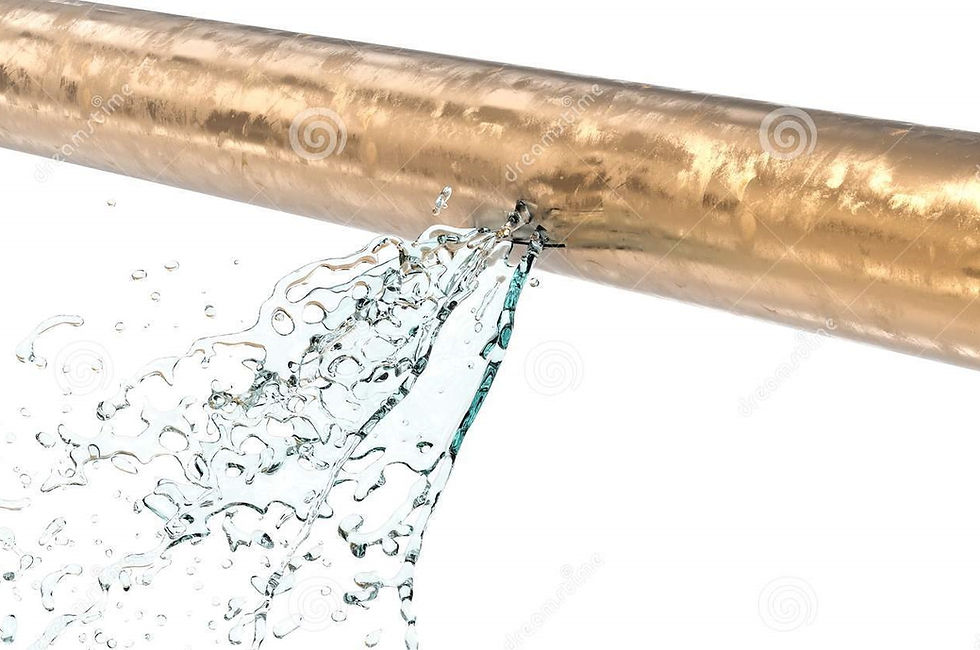Safety Equipment
- SkillCat Team

- Mar 23
- 2 min read
EPA 608 Core Chapter 40 (Take full course)
In this module, we will take a look at the different safety procedures that need to be followed in the HVAC practices.
1. Overview

Technicians need to take care when handling refrigerants because they can be toxic and can be potentially life threatening.
Liquid refrigerants can cause frostbite because of the low temperatures that they can reach. This is why technicians need to wear clothing that covers all parts of the body.
2. Safety Attire
When handling refrigerants, the following needs to be worn:
Safety Glasses
Safety Shoes
Butyl-lined Gloves
Long sleeve Shirt
However, just wearing safety attire does not guarantee safety. Technicians must also follow all necessary safety precautions for the refrigerant and the equipment.
In HVAC systems, you will often find a sight or viewing circular glass connecte

d on the liquid line. This is a tool to let the technician see if the refrigerant is in liquid or vapor phase.
If you see that the glass is clear on a system that is running, that means the refrigerant is liquid. If there are bubbles, the refrigerant is in its vapor phase.
Ice or dirt may form on this sight or viewing glass due to low temperature. If this happens, the technician should use an alcohol spray to remove the ice or dirt from the sight or viewing glass.
Do not:
Chip at the glass to break the ice, and
Do not use tools to get rid of the ice.
Chipping at the glass risks breaking it, which releases refrigerant. This would be considered venting under Section 608 Regulations, which we discussed earlier. If this happens, you have a much bigger problem on your hands.
3. Safety Data Sheets (SDS)
Each refrigerant will come with a Safety Data Sheet (SDS). This sheet contains important safety information and is provided for all solvents or chemicals, including refrigerants.
A refrigerant’s SDS provides special instructions for emergency procedures that are specific to that refrigerant. Technicians need to review this sheet before servicing.

This sheet includes specific information on:
Protective equipment
Toxicity
First Aid
Health effects
Storage
Disposal procedures
Spill Procedures.
4. Conclusion
In this module, we discussed general safety practices that are absolutely essential in this line of work. Safety is always key, and we need to understand potential dangers and proper handling procedures to avoid serious injury or worse.
Other References:


